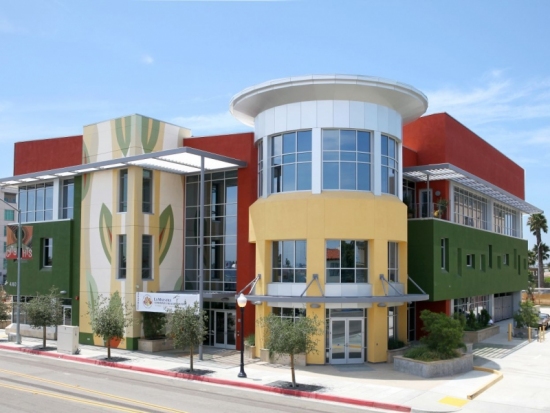Construction
Subscribe
Interested in hearing more about EDAC, Pebble, or any CHD related News? Register now and select the email lists you want to belong to at the bottom of your profile page.
Construction
Print/View All
What is Construction?
There are several approaches to constructing a building. Using a design-build or construction management approach means the contractor will already be well-versed in your project. In a traditional design-bid-build process, the project is put out to bid, and a general contractor is selected according to pre-established factors, such as experience, schedule, and cost.
During the construction phase, the goal of the project team is to monitor the implementation of the design into construction to ensure that the original intent has not been compromised. Activities occurring during construction that are led by the healthcare organization include: launching internal readiness and process improvement plans, obtaining zoning and use permits, establishing early permit and third party approvals, and beginning transition planning, and obtaining the Certificate of Occupancy (CO).
Construction Activities
Activities developed during this phase that are design team-led processes include: coordinating construction administration documents, developing punch lists, and completing project close-out.
Evidence-Based Design
The team should monitor implementation of design (Step Seven) to ensure EBD innovations are implemented as envisioned during the design phase.
FAQs
Print FAQsThere are two types of Construction Managers (CMs). Through an agency CM, construction cost management is a fee-based service in which CM is responsible exclusively to the owner and acts in the owner's interests at every stage of the project. The construction manager offers advice on matters such as:
- Optimum use of available funds;
- Control of the scope of the work;
- Project scheduling;
- Optimum use of design and construction firms' skills and talents;
- Avoidance of delays, changes and disputes;
- Enhancing project design and construction quality;
- Optimum flexibility in contracting and procurement;
- Cash flow Management.
An Agency CM provides management of every stage of the project, beginning with the original concept and project definition and can represent the owner by helping to select the design team as well as the construction team and manage the design preventing scope creep, helping the owner stay within a pre-determined budget by performing Value Engineering, Cost/Benefit Analysis and Best Value Comparisons.
A second type of CM is a CM at-risk. This is a delivery method which entails a commitment by the construction manager to deliver the project within a Guaranteed Maximum Price (GMP. The construction manager acts as consultant to the owner in the development and design phases, (often referred to as "Preconstruction Services"), but as the equivalent of a general contractor during the construction phase. When a construction manager is bound to a GMP, the most fundamental character of the relationship is changed. In addition to acting in the owner's interest, the construction manager must manage and control construction costs to not exceed the GMP. (Source: adapted from http://en.wikipedia.org/wiki/Construction_management)
Operational readiness includes:
- Redesigned models of patient care and workflow
- Human resources strategy including physician strategy
- IT/IS and telecom strategy and implementation
- Opening day definition and ramp down and up plans
- Financial plans and operating budget
- Stakeholder relations and meeting expectations
- Internal and external communications
- Orientation and training
Related activities include a change readiness assessment that can be conducted to understand barriers to change. This includes which stakeholder groups are most resistant to change, their specific concerns, and how those concerns can be addressed. It also provides a quantitative measure to monitor readiness and alignment over time
